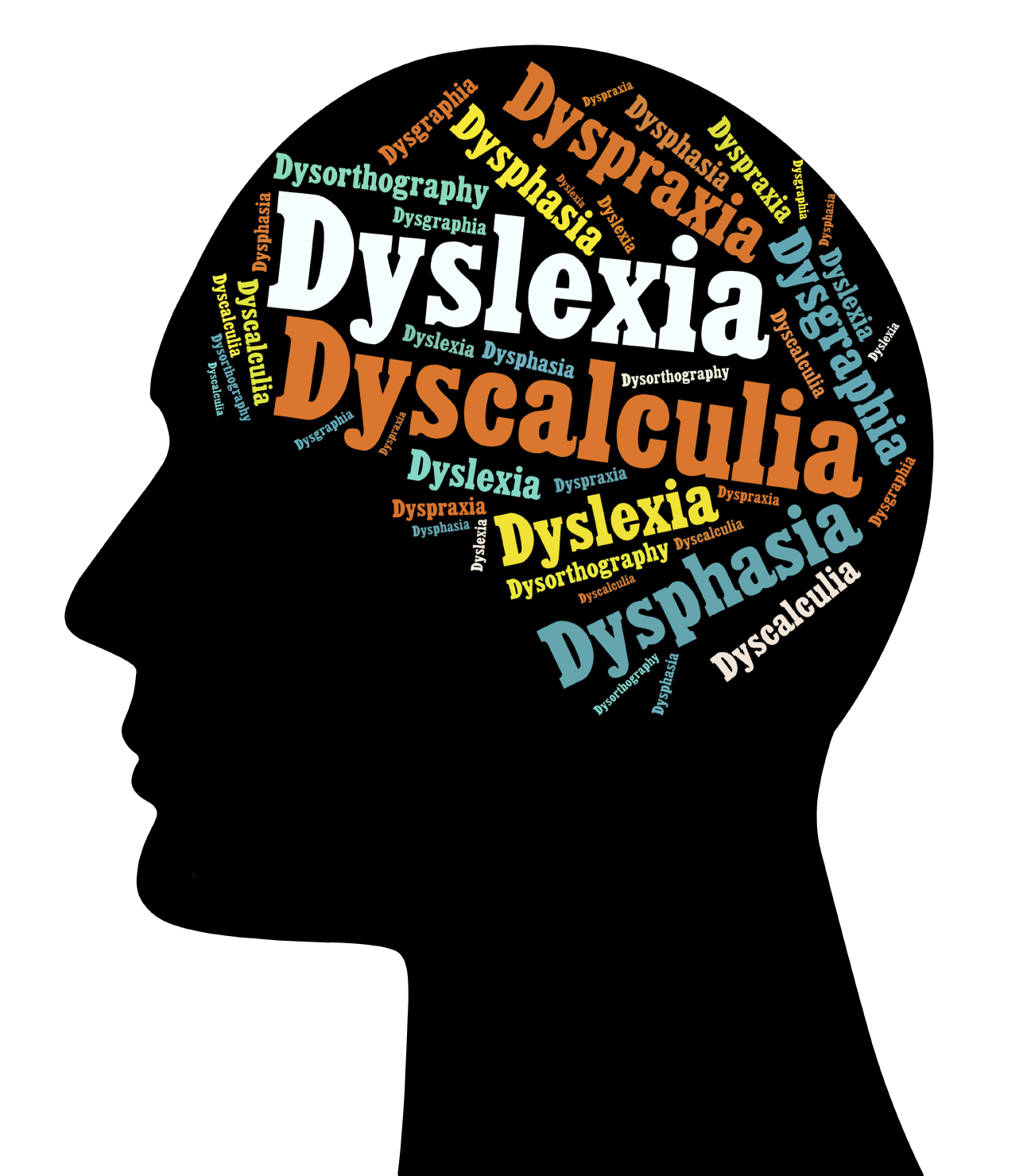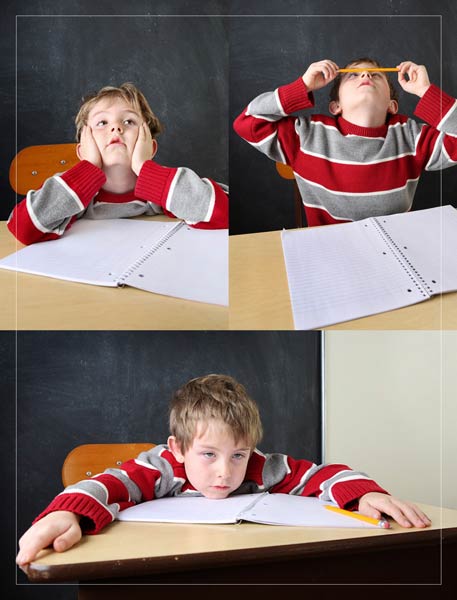Learning Disabilities and Vision

75% of those identified as
learning disabled have their
biggest discrepancy in reading.
The majority of these children have difficulties with one or more functional vision skills (teaming, tracking, focusing and visual processing). If a child’s performance on standardized testing is significantly below their potential, they may be tested for a learning disability.
However, poor functional vision skills can play a huge factor associated with learning problems.
Dyslexia & Vision

A diagnosis of dyslexia has been known to have similar symptoms associated with vision disorders such as eye tracking, eye teaming, and perceptual problems. Each of these visual problems can cause numbers, letters, and words to perceivably jump or move around on the page. Emerging evidence is pointing to a visual component to the dyslexia diagnosis. [1]
When a child has problems with learning in school, more often than not visual problems are overlooked. They may test with 20/20 eyesight (with or without lenses), so the diagnosis of a visual disorder is commonly written off. Other assessments begin, often with a diagnosis of dyslexia. However, the skills involving the ability to track, team and focus are overlooked. These functional visual skills are not measured, therefore visual problems that are often exhibited go untreated.
Vision Therapy can help improve the visual efficiency and visual processing of those experiencing these symptoms. We do not treat dyslexia, however we can improve the overall visual efficiency and visual processing for those given this diagnosis. When visual efficiency, visual processing and visual learning abilities improve, learning is so much easier.
[1] The journal Trends in Cognitive Sciences includes an article giving us the latest information on the role of vision and dyslexia. Authors Vidyasagar and Pammer wrote in DYSLEXIA-Visuo-spatial Attention Deficit – Trends CogSci 09 that dyslexia represents a deficit in visuo-spatial attention and not in phonological processing.
“Children with undetected or unresolved
visual issues contributing to dyslexia
are being asked to climb needlessly
steep hills while in school when the
role of vision is discounted.”
– Dr. Leonard Press
Attention Deficit (Hyperactivity) Disorder
ADD/ADHD is characterized by a pattern of behavior, present in more than one setting (for example, both at home and school). This pattern of behavior can result in performance issues at school. Even though behaviors may exist at home as well, your child may not be as symptomatic in that setting because home-based visual tasks tend to be less demanding than those in a classroom setting.
Vision isn’t the same as eyesight. Your child can have 20/20 eyesight but still have difficulties with other functional vision skills, such as eye teaming, tracking, and focusing. Evidence of an underlying vision issue may include:
• Problems with paying close attention to details
• Avoiding tasks that require extended periods of mental effort, such as school work or homework
• Not following instructions and failing to finish schoolwork

To see a comprehensive list of symptoms of ADD/HD and the overlap with visual symptoms, click here.

Is your child is falling through the cracks at school, yet they don’t qualify for extra services? Maybe a visual problem is the cause?
There are so many “labels” out there! – Dyslexia, ADHD, Learning Disabled – and the symptoms associated with these labels are so similar to those linked to learning-related visual problems.
